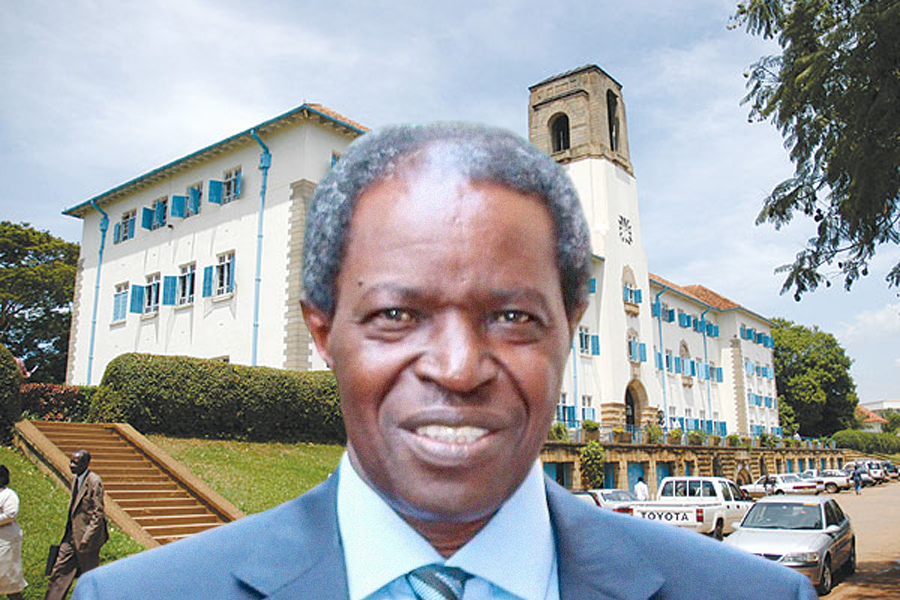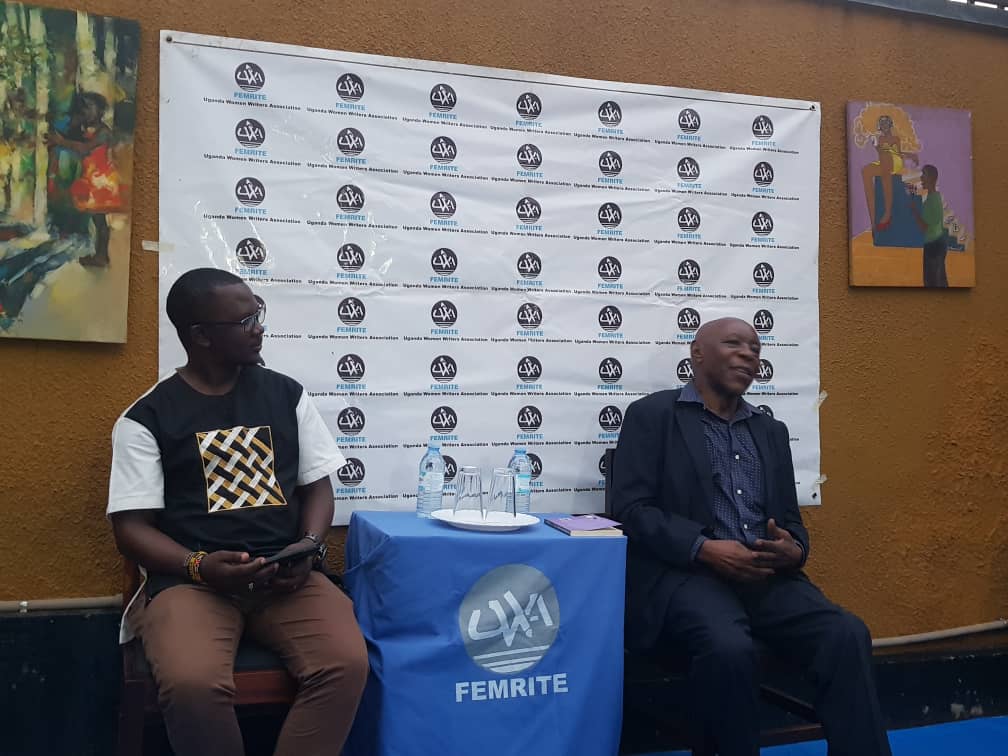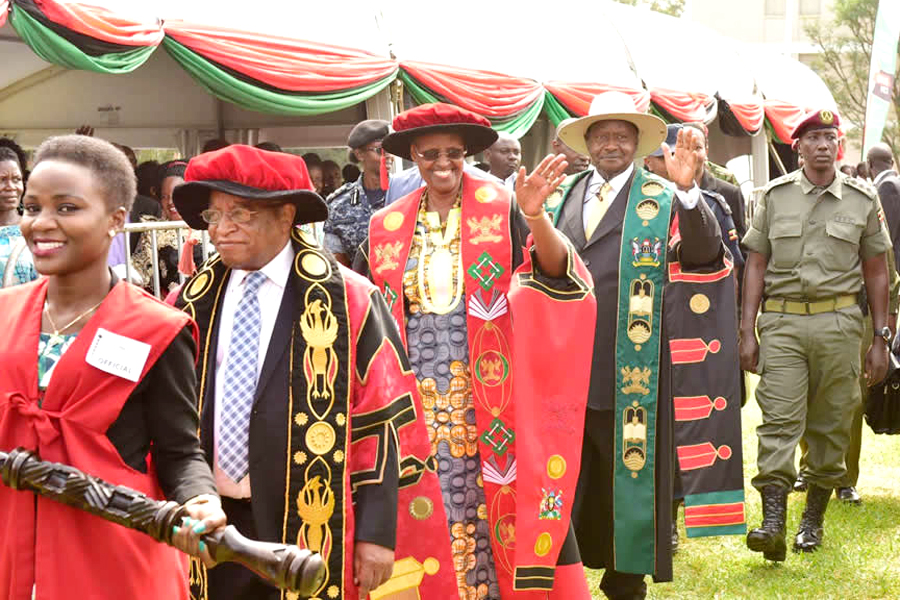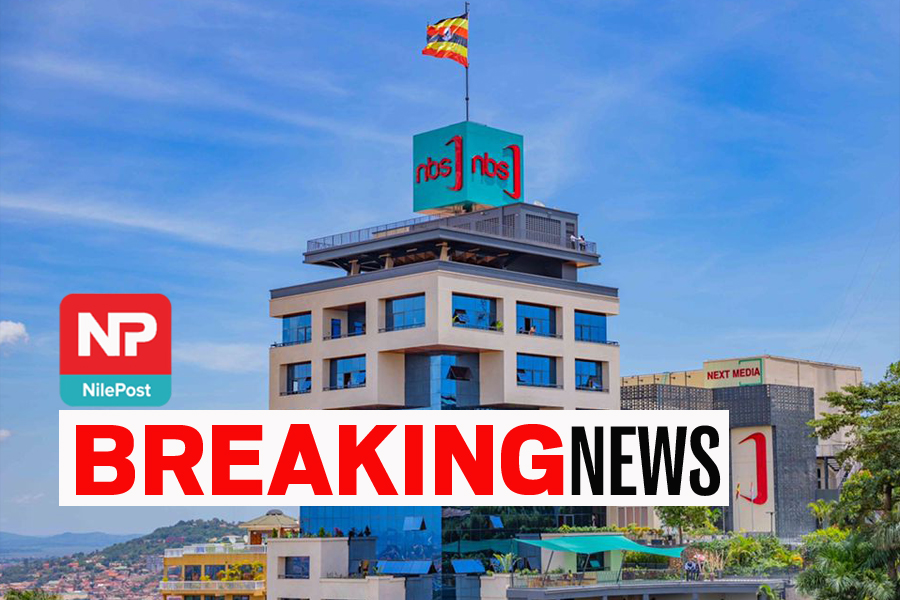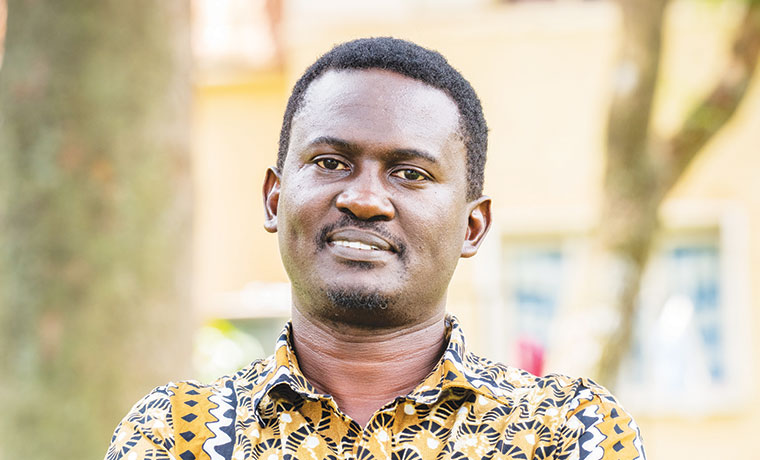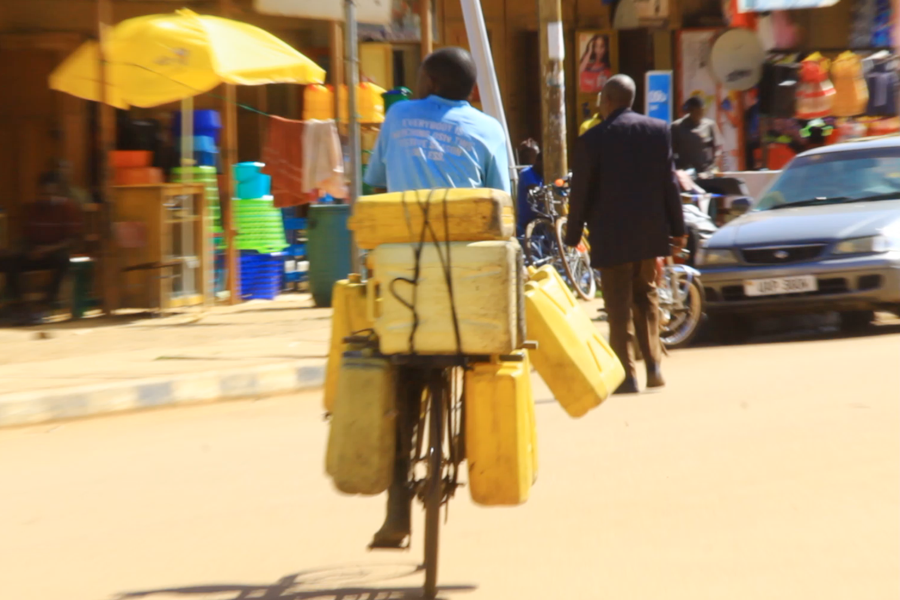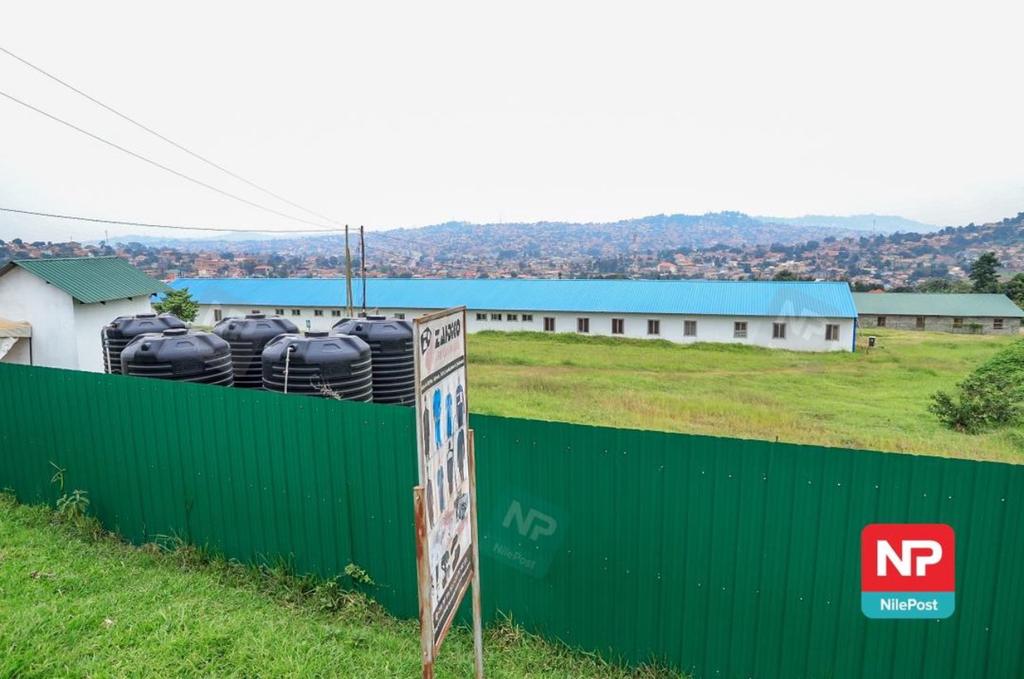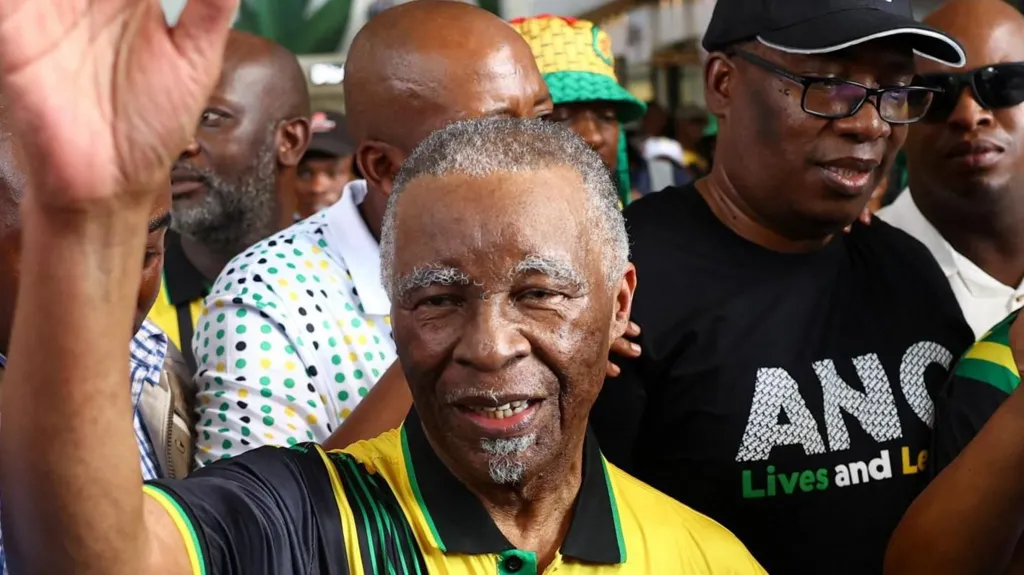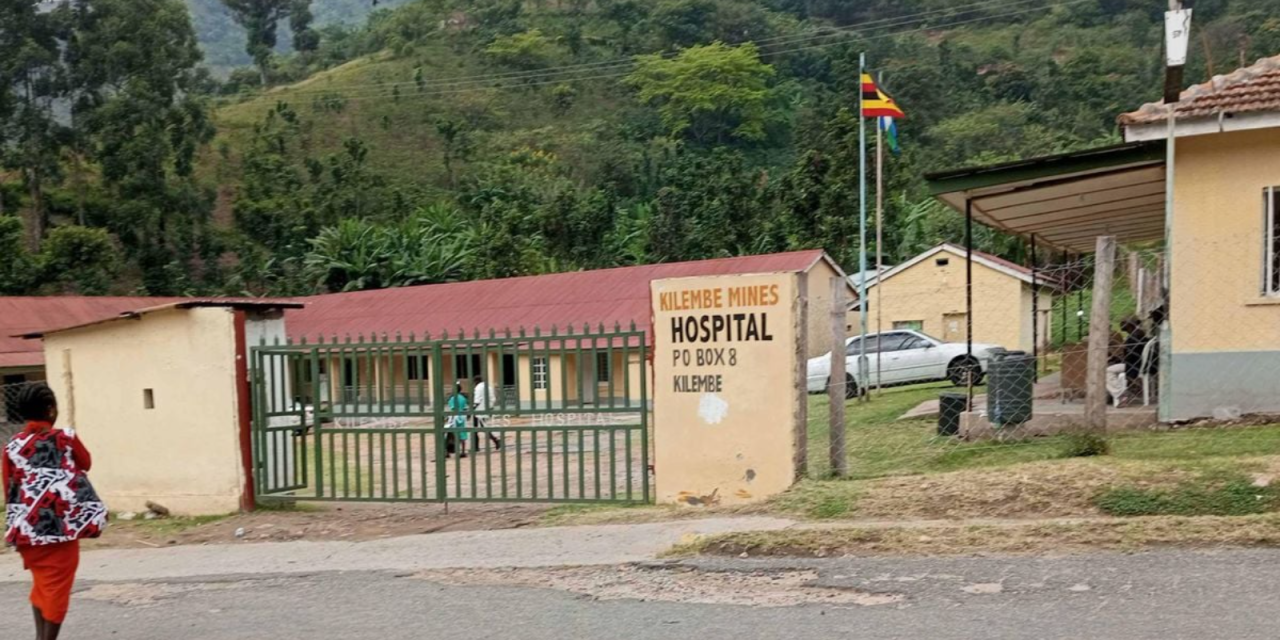Keep Reading
- > Give us a chancellor that is not academically stained, Mak staff tell Museveni
- > Ugandan writers celebrate Bukenya’s 80th birthday with a bash, author welcomes new life chapter
- > William Bazeyo: Former Makerere student tells Museveni of 'syndicate in appointments'
- > Govt releases Shs60bn for public varsities staff salaries
The university management failure to precisely state the number of students, for instance, prompted Makerere University Visitation Committee to undertake a head count of students and staff members in January this year.
However, quoting sources privy to the committee's work, NTV months ago reported that whereas the University placed its official figure at 46,000 students, the committee established the number to be slightly above 30,000 students.
A July report by the Makerere University Revenue Services Unit reveals that at the end of 2016/17 academic year, the university had registered a total of 33,288 students.
The Makerere University Fact book Special Edition: Tracking the Performance of the Makerere University Strategic Plan 2008/09-2015/16 published last year, however, gives a different figure.
The February 2016 report by the Makerere University Kabasa Committee, instituted by the University Council to review Makerere's financial situation, yet records different students' figures to the publications cited so far.
Bruce Kabasa, who chaired the Kabasa committee, is also the chairman of Makerere University appointments board.
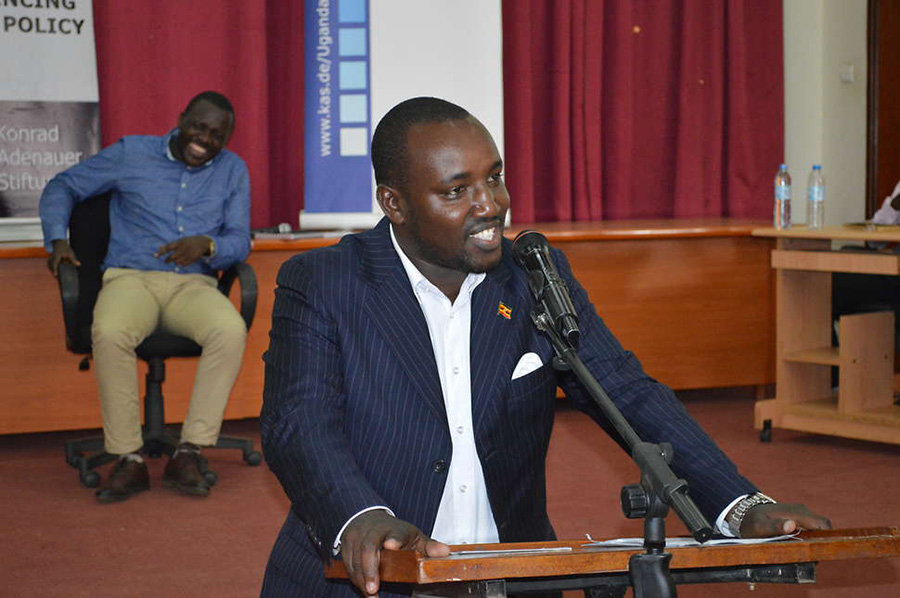 Bruce Kabasa
Bruce Kabasa
The Kabasa Committee report further shows that during the 2013/14 academic year, Makerere had a total of 38,464 registered students but the Fact Book recorded a 42,505 students in the same year.
For the 2012/13 academic year, the two reports also recorded contradicting figures.
Figures Accurate
University officials argue that all figures are correct, albeit giving divergent explanations.
Bruce Kabasa said his report focused on students "admitted on regular programmes" while the Fact Book focuses on the "holistic picture of the students of Makerere taking into account students with dead years or those in institutions affiliated to Makerere."
Kabasa said his committee report was concerned with payment of tuition, income and expenditure of the university.
The University Fact Book, authored by Makerere University Planning and Development Department, is an annual publication.
Dr Florence Nakayiwa, the university Director of Planning and Development, said both figures are correct arguing that the difference comes when data is extracted from the system at different times.
"If you extract figures from the system for instance on November 30th when students are still registering, it will be different from the figure extracted from the system on December 30th when the semester has ended," she says.
Dr Nakayiwa said the Kabasa committee may have extracted figures from the system when students were still registering.
She says it's difficult to get a constant figure from the system because university officials request for data from the system at different times.
A top Makerere university administrator said "the university should be ashamed of the confusion that their reports create."
"The university management should not hide under the shack of the so-called online system while confusing the public with different students' figures," he said.
Most, if not all students' statistics are provided by the Academic Registrar, Alfred Masikye Namoah, who heads the University Senate, and the University Bursar Augustine Tamale who heads the Finance Department.
The academic registrar keeps general students records and his office is in charge of supervision of Academic Records Information System (ARIS).
The university bursar is in charge of Financial Management Information System (FMIS) tracking students' statistics based on tuition payment.
More reports, more contradictions
A look at more reports by Planning and Development department further shows discrepancy in the students' statistics records.
The Special Edition Fact Book recorded a total of 42,505 students during the 2013/14 academic year but the Fact Book for the academic year 2014/15 shows that the university had a total of 41,094 in the same academic year.
The University Vice Chancellor, Prof Barnabas Nawangwe, also said the figures recorded in university reports are correct. However, he admits that "these figures have been "misinterpreted" hence triggering suspicion among lecturers.


